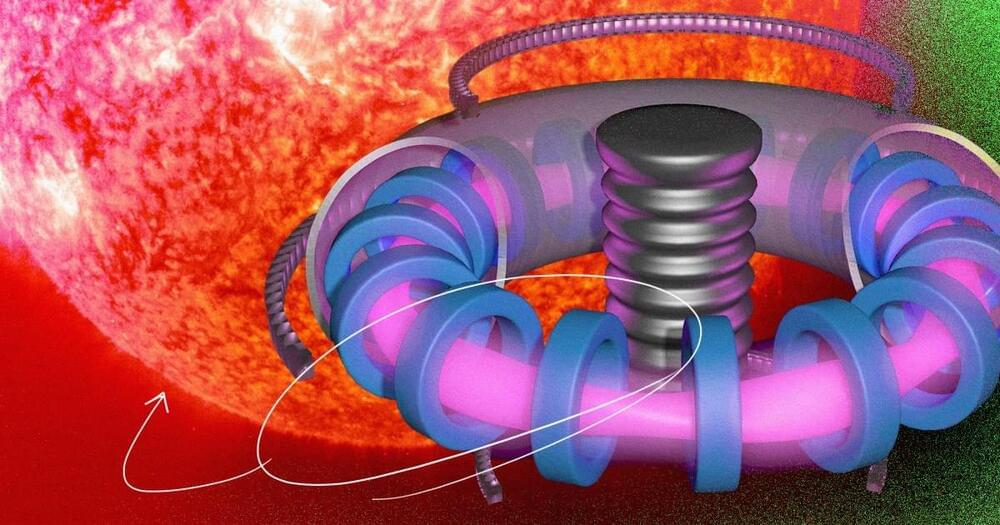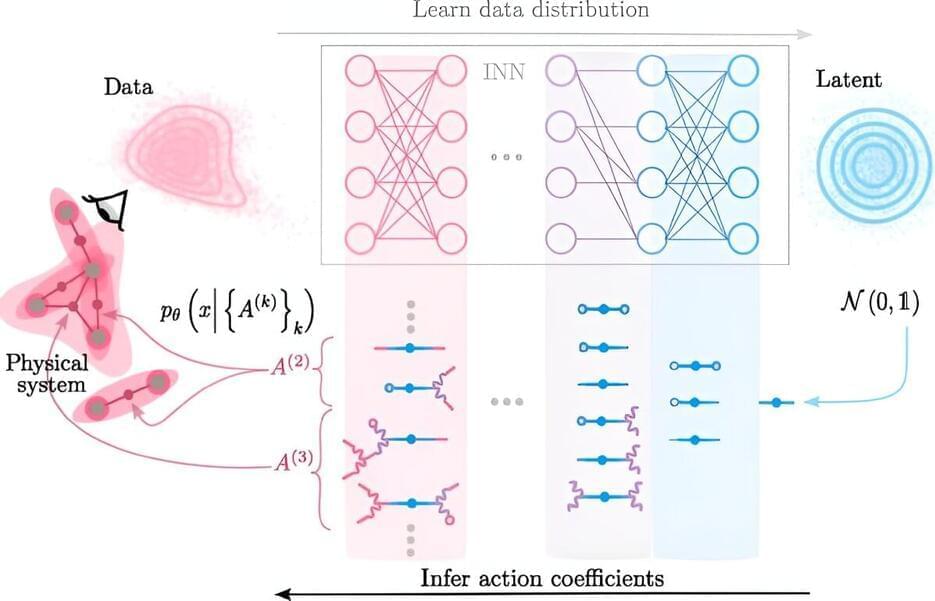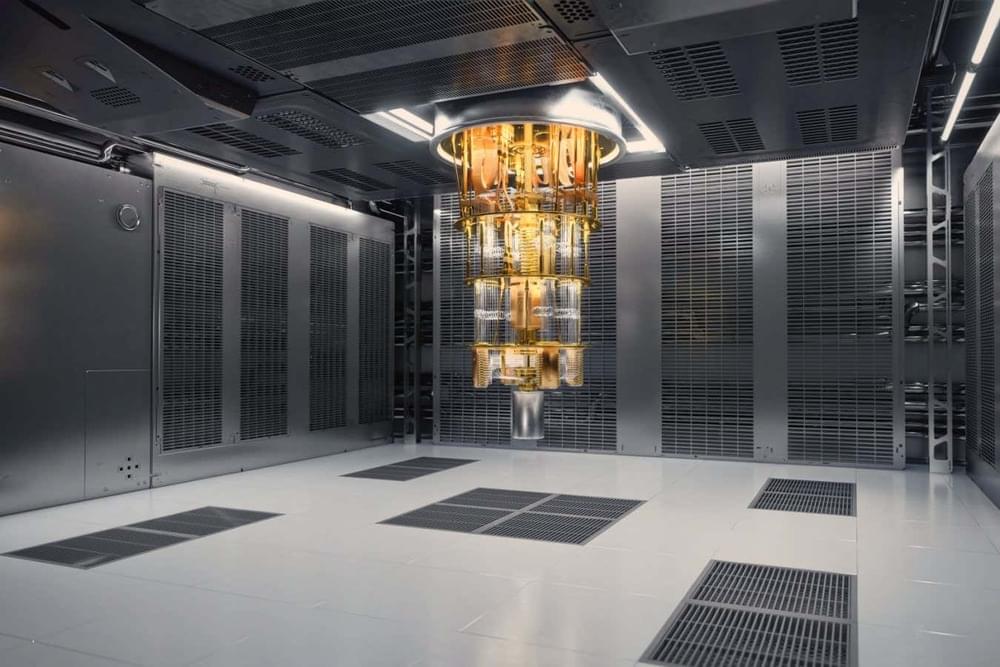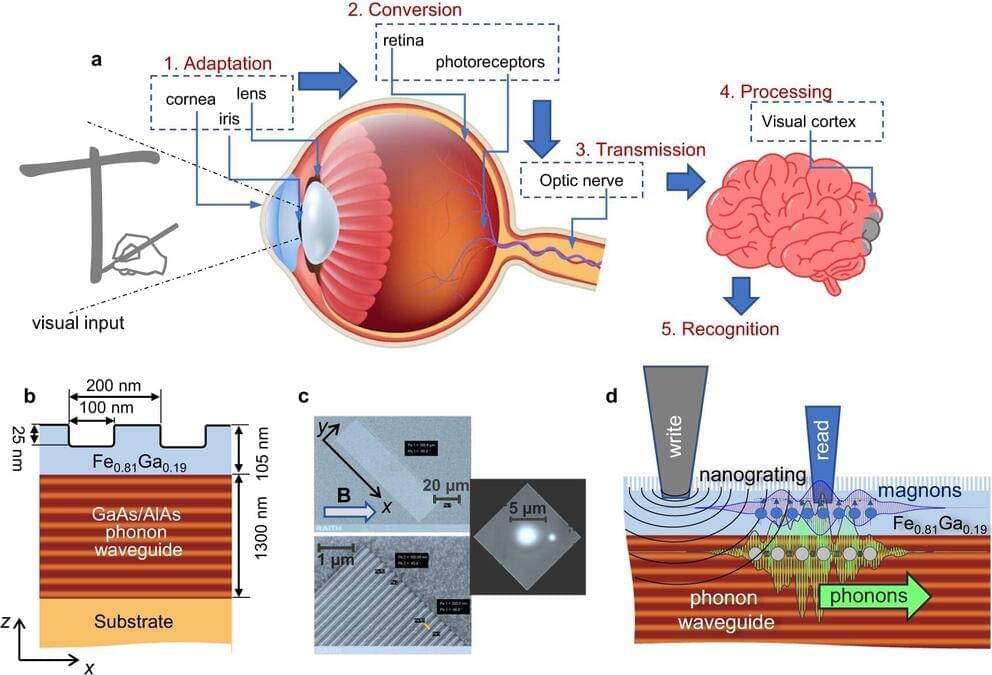Many researchers now believe that within the next few decades, power plants will provide carbon-free electricity from thermonuclear fusion.
Page 1384
Feb 8, 2024
A volcano in Iceland is erupting again, spewing lava and cutting heat and hot water supplies
Posted by Genevieve Klien in category: climatology

GRINDAVIK, Iceland (AP) — A volcano in southwestern Iceland erupted Thursday for the third time since December, sending jets of lava into the sky, triggering the evacuation of the popular Blue Lagoon geothermal spa and cutting heat and hot water to thousands of people.
The eruption began at about 600 GMT (1 a.m. EST) along a three-kilometer (nearly two-mile) fissure northeast of Mount Sýlingarfell, the Icelandic Meteorological Office said. Several communities on the Reykjanes Peninsula were cut off from heat and hot water after a river of lava engulfed a supply pipeline.
Feb 8, 2024
New techniques for making qubits out of erbium
Posted by Dan Breeden in categories: computing, engineering, particle physics, quantum physics
Qubits are the building block for quantum technology, and finding or building qubits that are stable and easily manipulated is one of the central goals of quantum technology research. Scientists have found that an atom of erbium—a rare-earth metal sometimes used in lasers or to color glass—can be a very effective qubit.
To make erbium qubits, erbium atoms are placed in “host materials,” where the erbium atoms replace some of the material’s original atoms. Two research groups—one at quantum startup memQ, a Chicago Quantum Exchange corporate partner, and one at the US Department of Energy’s Argonne National Laboratory, a CQE member—have used different host materials for erbium to advance quantum technology, demonstrating the versatility of this kind of qubit and highlighting the importance of materials science to quantum computing and quantum communication.
The two projects address challenges that quantum computing researchers have been trying to solve: engineering multi-qubit devices and extending the amount of time qubits can hold information.
Feb 8, 2024
Cosmic dark matter web detected in Coma cluster
Posted by Dan Breeden in categories: cosmology, evolution, internet
The Subaru Telescope has spotted the terminal ends of dark matter filaments in the Coma cluster stretching across millions of light years. This is the first time that strands of the cosmic web spanning the entire universe have been directly detected. This provides new evidence to test theories about the evolution of the universe.
In the solar system, we are used to seeing matter gathered into round objects like planets, moons, and the sun. But dark matter, which accounts for most of the mass in the universe, is believed to exist as a web of long thin strands. But like a spider web, these strands can be hard to see, so astronomers have typically drawn conclusions based on observations of galaxies and gas stuck in the web. This is similar to how if you see a dead leaf that appears to hang in midair, you know there is a spider web that you cannot see.
A team of researchers from Yonsei University used the Subaru Telescope to look for direct signs of dark matter filaments in the Coma cluster, located 321 million light-years away in the direction of the constellation Coma Berenices. Their paper, “Weak-lensing detection of intracluster filaments in the Coma cluster” is published in Nature Astronomy.
Feb 8, 2024
Q&A: Expert explains the ‘physics of AI’
Posted by Dan Breeden in categories: physics, robotics/AI
The development of a new theory is typically associated with the greats of physics. You might think of Isaac Newton or Albert Einstein, for example. Many Nobel Prizes have already been awarded for new theories.
Researchers at Forschungszentrum Jülich have now programmed an artificial intelligence that has also mastered this feat. Their AI is able to recognize patterns in complex data sets and to formulate them in a physical theory. The findings are published in the journal Physical Review X.
In the following interview, Prof. Moritz Helias from Forschungszentrum Jülich’s Institute for Advanced Simulation (IAS-6) explains what the “Physics of AI” is all about and to what extent it differs from conventional approaches.
Feb 8, 2024
Pioneering the Future of Computing with a Quantum Network with Masashi Hirose, Co-founder of NanoQT
Posted by Dan Breeden in categories: computing, quantum physics

The Quantum Insider (TQI) is the leading online resource dedicated exclusively to Quantum Computing.
Feb 8, 2024
Quantum computer uses a time crystal as a control dial
Posted by Dan Breeden in categories: computing, quantum physics
Making a strange state of matter called a time crystal inside a quantum computer helped researchers stabilise a fragile quantum state inspired by Schrödinger’s cat.
Feb 8, 2024
Our universe is merging with ‘baby universes’, causing it to expand, new theoretical study suggests
Posted by Dan Breeden in category: cosmology
The universe is expanding faster and faster, but not all scientists agree that dark energy is the cause. Perhaps, instead, our universe keeps colliding with and absorbing smaller ‘baby universes,’ a new theoretical study suggests.
Feb 8, 2024
International research team develops new hardware for neuromorphic computing
Posted by Dan Breeden in categories: biotech/medical, information science, robotics/AI
In the future, modern machines should not only follow algorithms quickly and precisely, but also function intelligently—in other words, in a way that resembles the human brain. Scientists from Dortmund, Loughborough, Kiev and Nottingham have now developed a concept inspired by eyesight that could make future artificial intelligence much more compact and efficient.
They built an on-chip phonon-magnon reservoir for neuromorphic computing which has recently been featured as Editor’s Highlight by Nature Communications.
The human sensory organs convert information such as light or scent into a signal that the brain processes through myriads of neurons connected by even more synapses. The ability of the brain to train, namely transform synapses, combined with the neurons’ huge number, allows humans to process very complex external signals and quickly form a response to them.
Feb 8, 2024
Where do cosmic rays come from?
Posted by Shubham Ghosh Roy in category: particle physics
High-energy particles from space constantly bombard Earth at near light speed, but what are their origins?
















